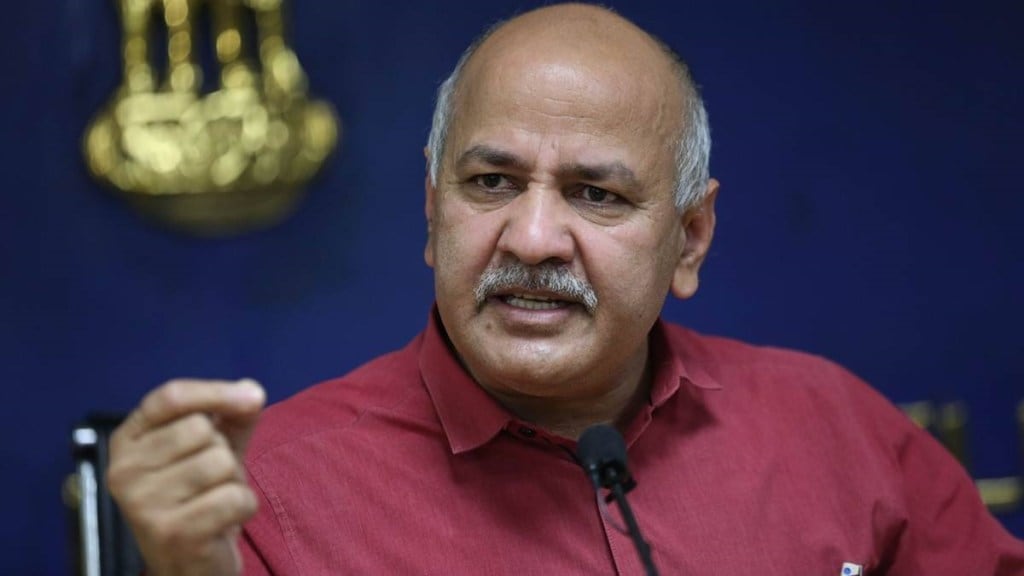The Supreme Court on Thursday raised questions regarding the Enforcement Directorate’s (ED) case against Aam Aadmi Party (AAP) leader Manish Sisodia in the Delhi excise policy case. The court emphasised the need for strong evidence to establish charges under the Prevention of Money Laundering Act (PMLA) and expressed skepticism about the admissibility of the evidence presented by the agency so far.
The Enforcement Directorate arrested Manish Sisodia on March 9 this year, 12 days after he was taken into custody by the CBI on February 26.
During the hearing of Sisodia’s bail plea, the Supreme Court asked whether the ED had any evidence apart from the statement of a co-accused-turned-approver to link Sisodia to money laundering. Justice Sanjiv Khanna, presiding over the bench, along with Justice S V Bhatti, questioned Additional Solicitor General S V Raju, who represented the ED and CBI in the case.
Also Read: Who is Dinesh Arora? Industrialist-turned-approver in spotlight as ED raids Sanjay Singh in excise case
“Where is the evidence? Dinesh Arora himself is the recipient… Except for the statement of Dinesh Arora, is there any other evidence?” Justice Khanna asked.
Noting that “as per your (ED) case, no money has come to Manish Sisodia”, the bench asked, “So how did the money flow from the liquor group? You have taken two figures: 100 crores and 30 crores. Who paid them this? There can be so many people paying the money, not necessarily connected to liquor.”
“You have to establish a chain… This doesn’t fully establish,” Justice Khanna asserted. “You see, the money has to flow from the liquor lobby to the person. Both of us agree with you that it is difficult to establish the chain because everything is done under cover… But that’s where your competence will come in,” he said.
Also Read: AAP MP Sanjay Singh remanded to ED custody till October 10 in Delhi excise policy case
Raju maintained that the chain had been established through statements and corroborating evidence. However, Justice Khanna pressed further, asking, “Who corroborates that the money was paid by the liquor group?”
He also noted that Sisodia did not appear to be directly involved and questioned how the ED intended to bring him under the Money Laundering Act.
Vijay Nair (co-accused) is there, but not Manish Sisodia,” he said. Raju argued that Sisodia was instrumental in generating the money that became the proceeds of crime.
“He is somebody who is connected to the Aam Aadmi Party… They had the GoM policy even before the policy was released. This shows that they had a role to play in the policy.” Raju said.
However, the bench reverted, saying, “The money trail either comes to his pocket, if it goes to someone else’s pocket, how will you…” and added that if the money was going to a company with which Sisodia was involved, “then we have vicarious liability. Otherwise, the prosecution falters”.
Justice Khanna highlighted that the PMLA deals with activities connected to the proceeds of crime, not the generation of funds.
The bench emphasised that the PMLA is triggered when there is a connection between the person concerned and the proceeds of crime, directly or indirectly. They questioned whether abetment or conspiracy could be part of PMLA.
In another discussion, the court also clarified that its query regarding the alleged beneficiary of the excise policy case not being made an accused was a legal question and not an implication of wrongdoing.
The hearing is set to resume on October 12.


